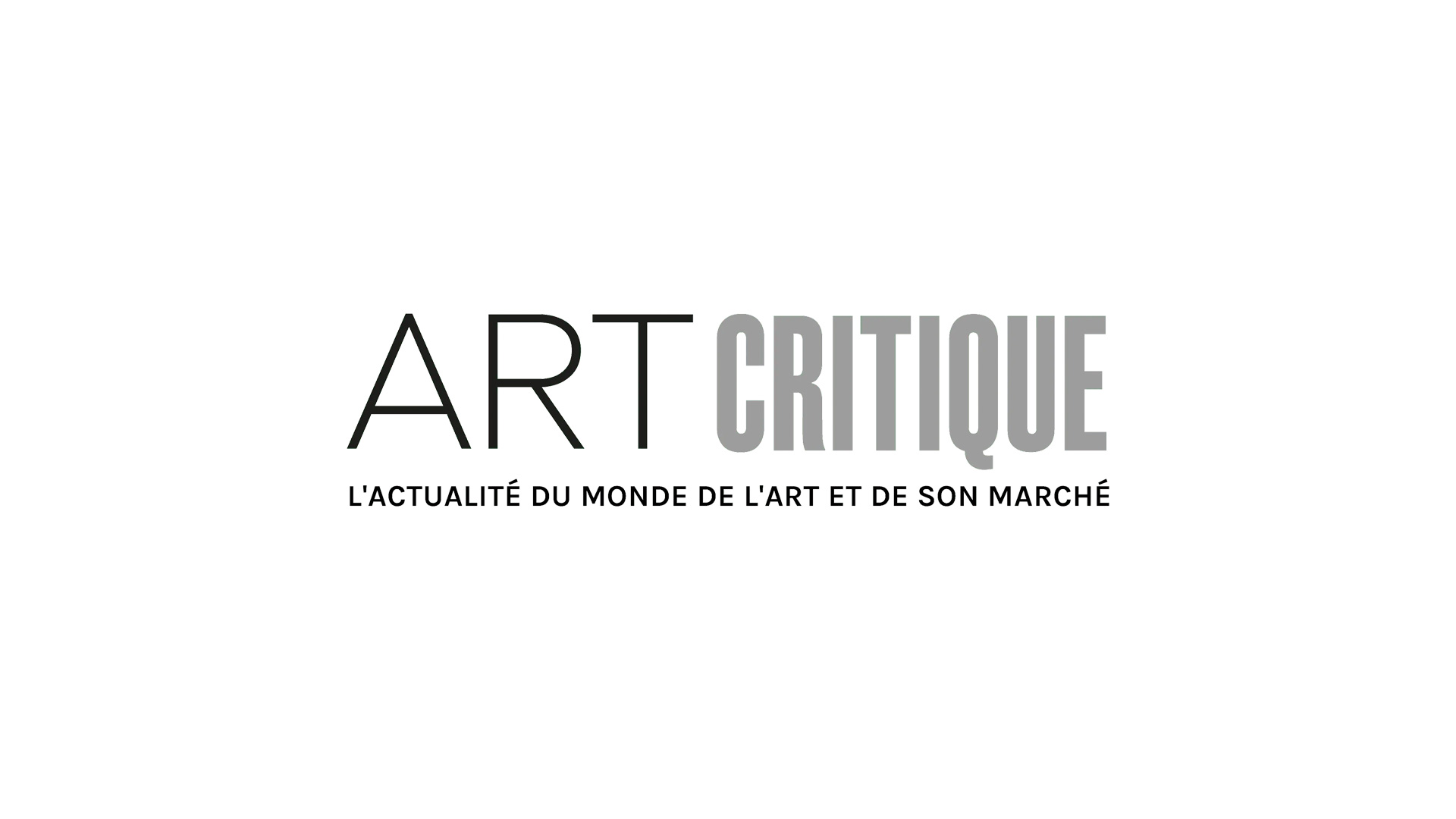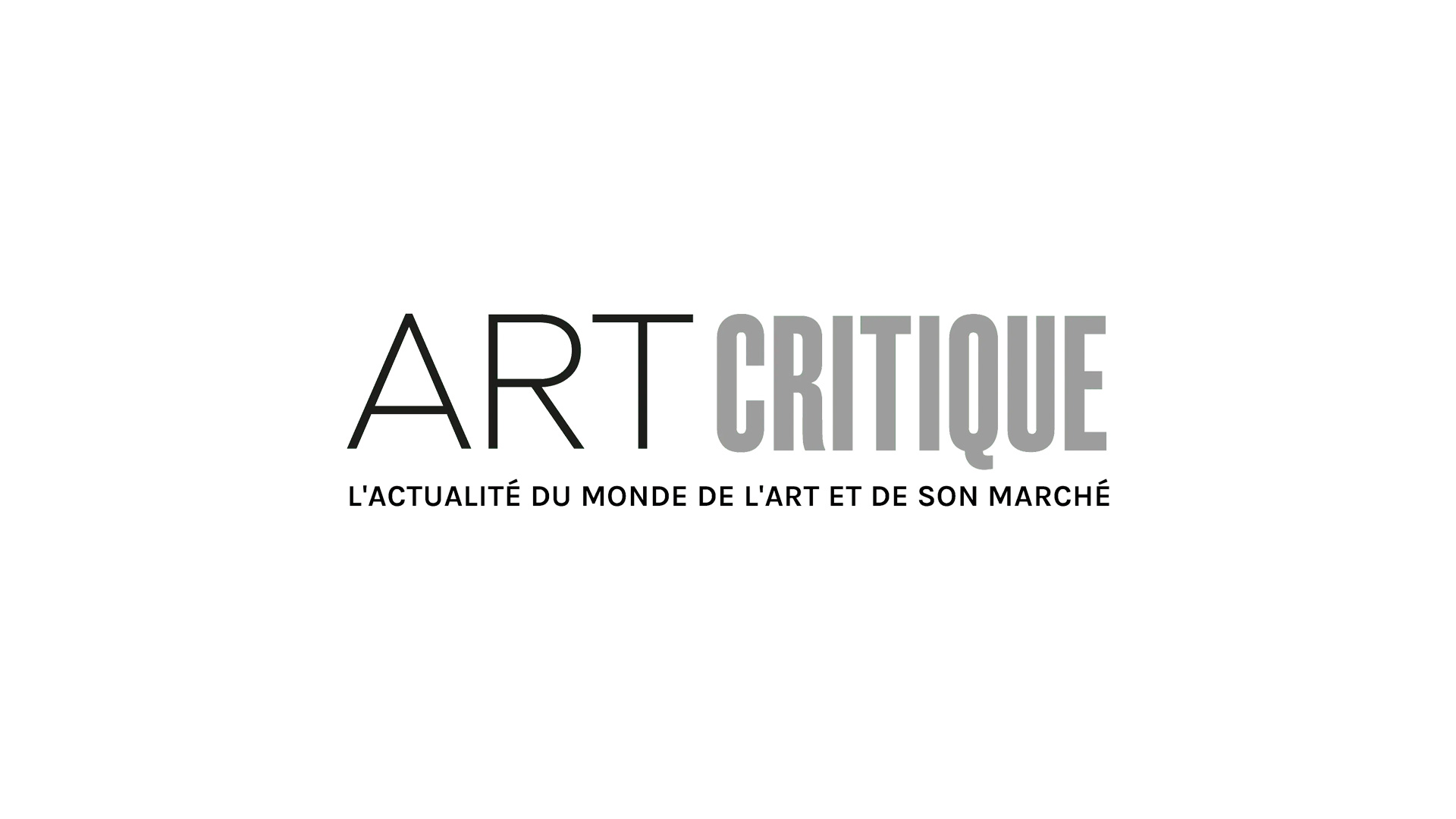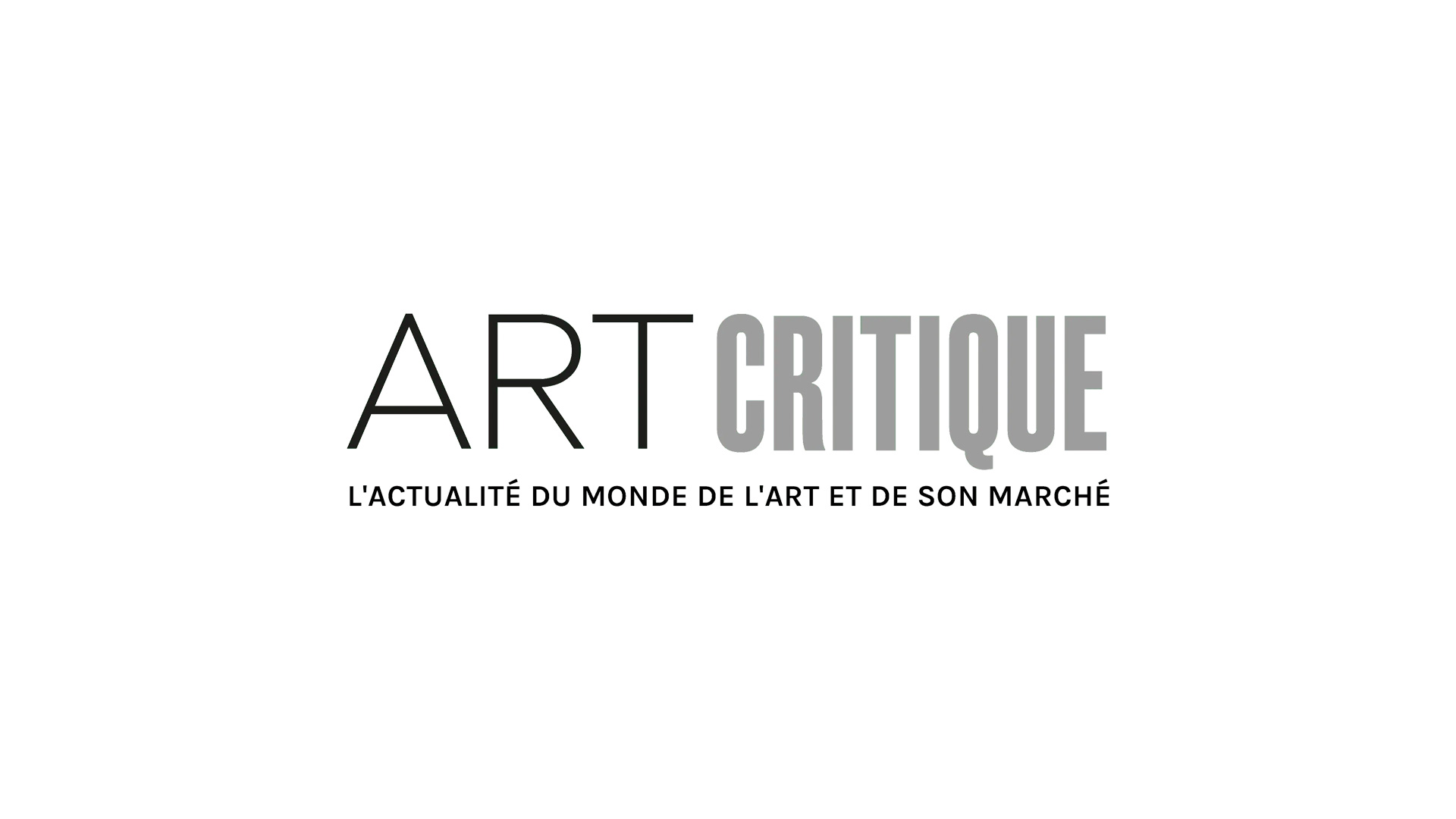A month ago, Rennes University Press published the latest edition of the Modern Arts collection. Editors Dominique Chateau and José Moure (both professors at the University of Paris 1 Panthéon-Sorbonne) have included contributions from numerous specialists in the field of creation which explore the concept of re-creation in the arts. By using Paul Valery’s quote which posits that “a work of art = transforming something for the purpose of transforming someone” as its premise, this publication addresses the theme of re-creation from an open-minded perspective that blends reflection on the creative process with the esthetics of reception.
In terms of creation, the publication highlights the practice of recycling which is not merely the practice of “revisiting” but a humble act motivated by something that came before. To recreate as in “to create from and with what already exists” is an act of recognition but not a substitute for the original and its purpose is not to complete or improve it. However, neither is it simply a matter of duplicating an item, as demonstrated by the many examples mentioned by the authors who support the differences in intention, methods and invoices of the pieces that they compare. The personal interpretation of the original work and the complexity of memory are equally elements that distinguish re-creation from the object that inspired it.
But if creating always seems to be an act of re-creation, then so too is assuming responsibility of a work. At least that’s the hypothesis of the authors who explored the theme from the perspective of reception or how the spectator, always sought-after by creators, isn’t a passive subject but rather an individual who recreates the piece in the subjective experience that he makes of it. If the work is an end result for whoever produced it, then it’s also a starting point for those who receive it. The authors fall within a tradition that takes the power of the work seriously and that justifiably points out that the viewer isn’t required to physically participate in the work in order to be shocked to be or to be mentally engaged.
Beyond the issue of re-creation, this collective publication rings like a manifesto for a renewed vision of our way of thinking about art. Far from the science of beauty defined by Baumgarten but also inconsistent with an esthetic vision based on the single creative act, it asserts a theory of art that considers the act of production and of perception as interdependent. This broader vision is illustrated by the choice of contributors who come from different disciplines (Art History, Esthetics, Art Criticism, Graphic Arts) and who, very often, practice many simultaneously.
This concept is also apparent in the assortment of works that these different authors have chosen to study which includes James Bond films, the tales of Chinese writer Akinari Ueda, the widely-acclaimed television series Breaking Bad as well as Allan Kaprow’s personal happenings. In this respect, it’s not surprising that the volume begins with a series of essays grouped together under the title Fun-filled Recreation. Whether it’s a Breaking Bad viewer searching for clues in the show’s many scenes or the directors of James Bond films enjoying themselves by depicting the protagonist in various situations, it’s the pleasure derived from the work that matters.
And because re-creation is also recreation neither is it surprising that the book ends with a series of articles devoted to screens (both those found on smartphones and at the movies). Whether it’s the deceptive travesty of the tales of Plato’s cave or the faithful appearance in the legend of the potter of Corinth’s daughter, the screen is a device that blends illusion and truth. Projecting images that reveal themselves as illusory and blurring the distinction between reality and representation, the screen is the privileged object of potential re-creation for both those who produce its content and those who interpret it.
While it led to a symposium that held at INHA in 2016, this book is not an easily accessible publication but its theme, centered on the modern practices as its philosophical position, is worthy of the effort.
This article was originally published in French by Art Critique’s Orianne Castel on August 10th. To read that article, click here.






